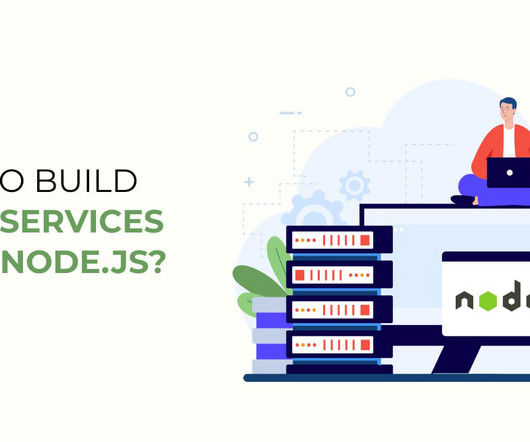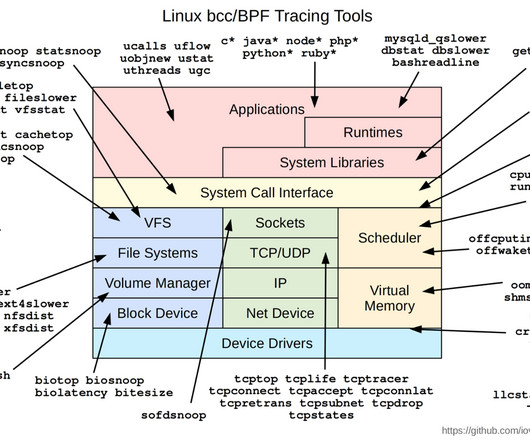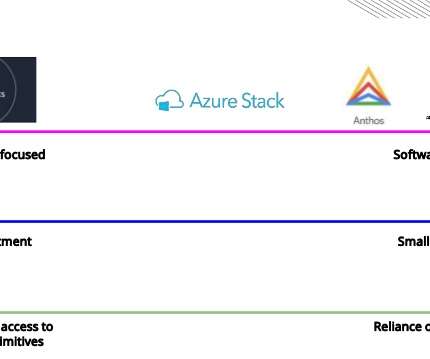How to build Microservices using Node.js?
Openxcell
JUNE 9, 2023
Recently, Microservices have been mainly favored to fixate on these dilemmas. As the title implies, Microservices are about developing software applications by breaking them into smaller parts known as ‘services’. In this blog, let’s explore how to unlock Microservices in Node.js What are Microservices ? microservices?



















Let's personalize your content